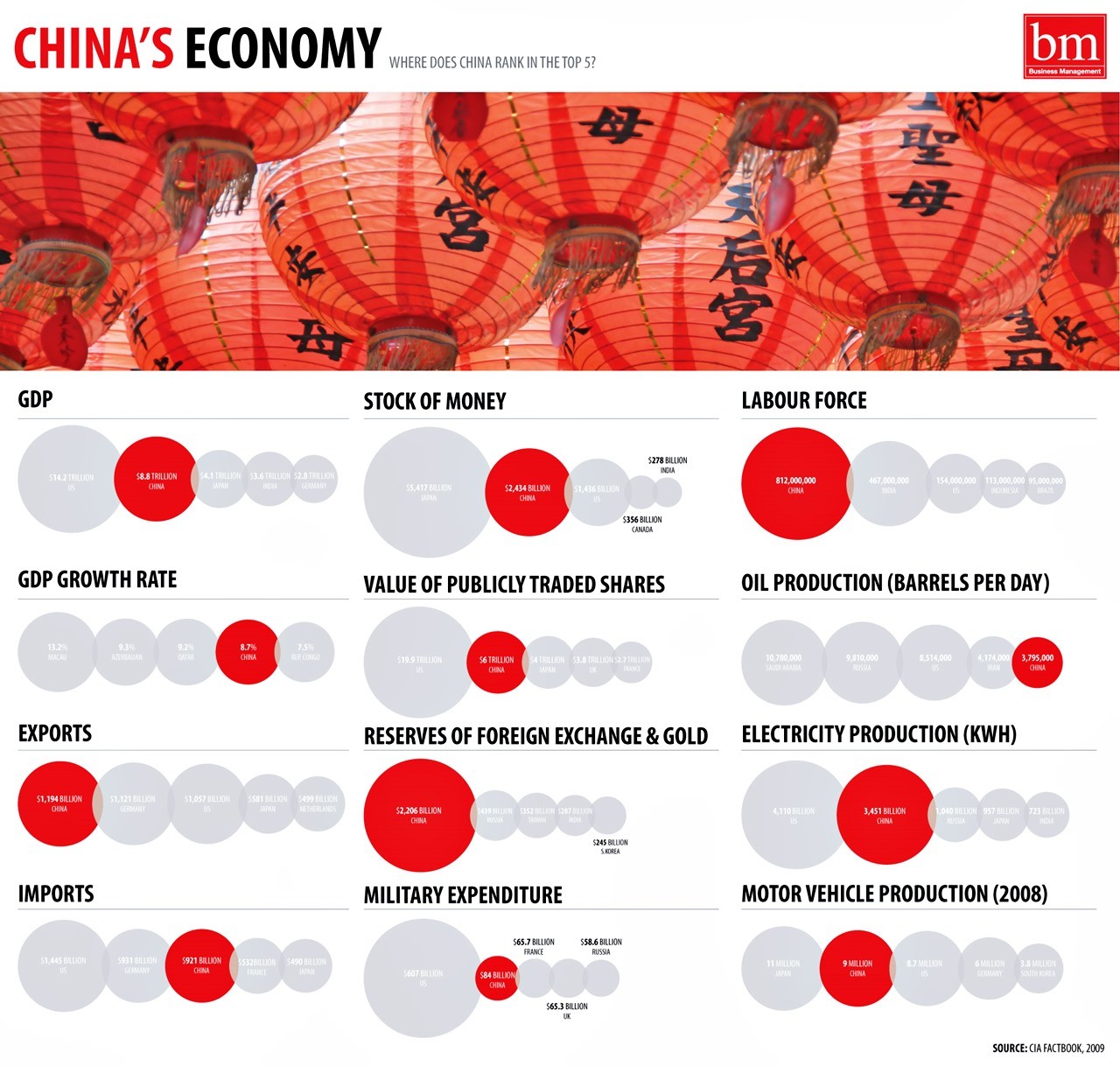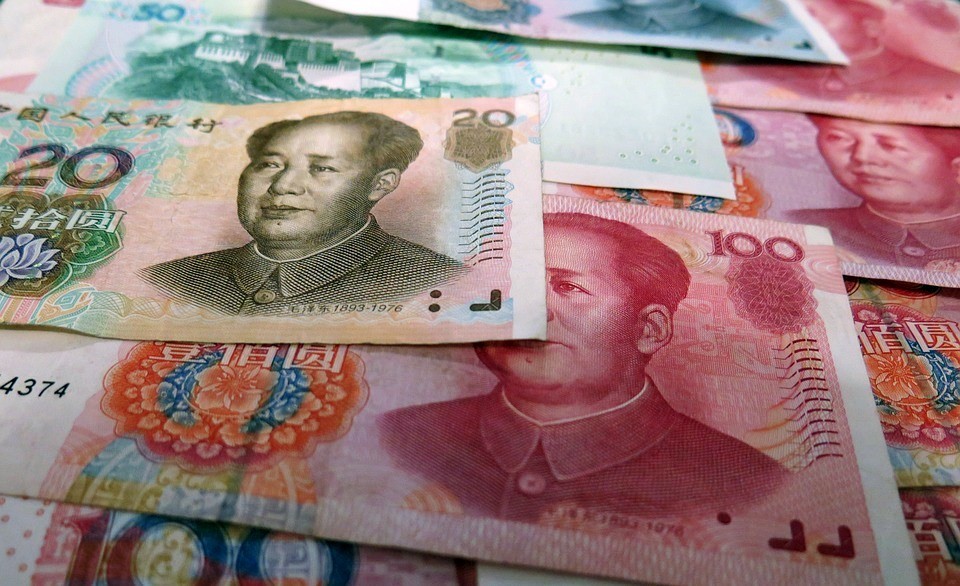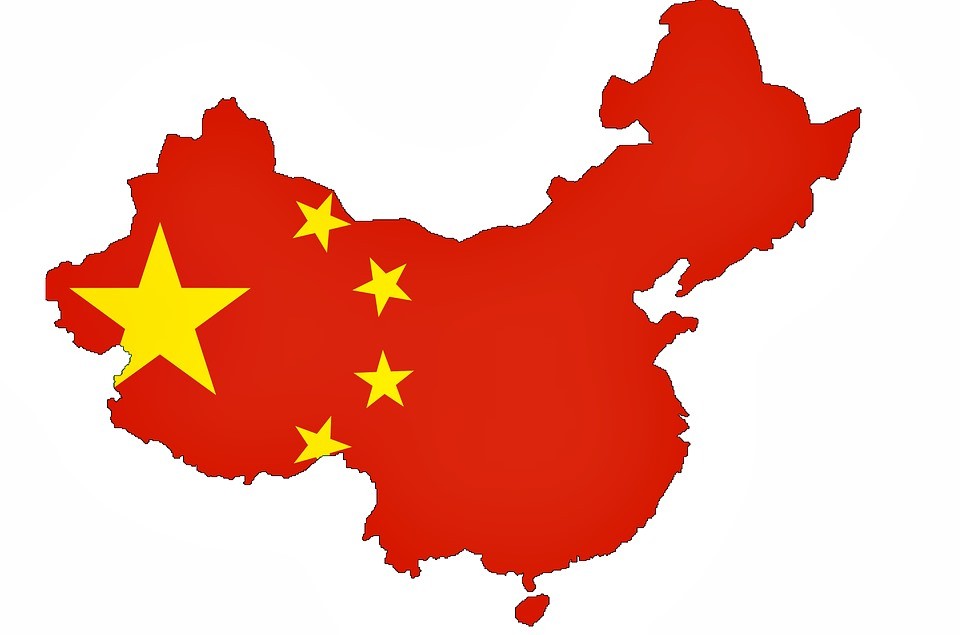Social Media
Cashing in on the Chinese Cash Cow and How Realtors Can Win Business ‘Made in China’

Growing Chinese interest in investing overseas was a top global business trend in 2014. According to Jones Lang LaSalle, the U.S. real estate market attracted $3.1 billion of capital from Chinese investors last year – an increase of more than 900% from just $264 million invested the year before.
The headline figure could exceed the $10 billion mark this year, although the reported numbers by themselves are a small fraction of the true number.
This phenomenal growth has been driven by two key drivers: First, the Chinese government is now actively encouraging outbound investment thanks to a new ‘go global’ policy introduced by them last year. Second, diminishing yields on domestic real estate investments are making international ones seem more attractive.
Chinese investment hotspots at this time include New York, Philadelphia, Chicago, Houston, Las Vegas, Atlanta, Memphis, San Diego, and Detroit – where investors have been busy snapping up vast swathes of distressed industrial real estate.
But it’s not just Chinese institutions that are investing: as all those cherished only children reach maturity, their parents want them to have the best education that money can buy. Since the United States remains home to the best Universities in the world, so it therefore comes as no surprise that Chinese parents are looking to acquire property in which their offspring can live whilst studying.
So, the opportunities are clear. But how can you start reaching out to this colossal growing market? Given the significant cultural and linguistical differences, this is no easy task. But, hey, we all now know that there’s no such thing as easy money anymore, right?
Well, due to the global architecture of the internet, creating a Chinese language section of your website is probably a good place to start. For this, it is best to engage in the services of a native since automation tools like Google translate usually do more harm than good.
Next, you should ensure that any inbound inquiries are dealt with in the prospect’s native language. Whilst hiring a Mandarin or Cantonese speaker ‘in house’ is an option, it also poses a risk: once trained, your intern might just one day decide to acquire their own realtor’s licence and compete against you.
To mitigate this risk, it can be more effective, as well as cost effective, to engage in the services of a ‘virtual assistant’ located in
Irrespective of whether you elect to go down the insourcing route or the outsourcing one, make sure that Chinese prospects and customers can reach you by calling a regular Chinese telephone number. Making an international call still remains a psychological block for many people, not only in
Once you have your Chinese contact infrastructure in place, you can begin the herculean process of reaching out to this massive market.
One way to do this might be to task your Chinese assistant with reaching out to realtors in
Another strategy might be to start reaching out to potential customers directly. Like us, the Chinese are voracious consumers of social media. However, ramping-up your existing campaigns in an attempt to win more business from
The good news is that agencies exist that will grab your existing social media content and check that it is compliant with Government guidelines, and then publish it across popular Chinese social media networks such as Sina Weibo, Tencent Weibo, RenRen and WeChat. This is a neat way of hopping over the almost mythical great Chinese firewall and being on the inside.
Of these, WeChat, has become defacto a standard way of communicating in
Whilst the Chinese might share our love affair with social media, a face-to-face meeting in Chinese culture holds perhaps even more significance than it does in ours. Any hard selling will be counterproductive. Whilst relationship building is important in any culture, it is of utmost importance in this one.
Bear in mind also that the Chinese are avid researchers and might end up knowing more about the property than you do. Be patient, and treat them with respect.
When it comes to setting pricing, bear in mind that the Chinese are a superstitious people. Try and avoid the number 4 if possible. Instead, be liberal with the number 8.
Prior to viewings, you should consider engaging in the services of a Feng Shui consultant who can advise of the best way to present property using the Chinese philosophical system of harmonizing human existence with the environment.
This will be a slow burn. Do not expect results overnight. It’s all about relationship building. It will take time.
It would seem that now is indeed the perfect time to start looking eastwards and reaching out to this enormous market.
Social Media
The Phantom Growth of China's Ghost Cities

Bloomberg has a new video series out called "China's Ghost Cities."
The reporter, Adam Johnson, describes how the Chinese government is building massive cities that no one lives in yet. The expectation is that China is going to "grow" into these cities.
A remarkable idea, really. The authoritarian planners in Beijing or where decide it would be good if, say, a million people or more could relocate to a pre-planned area.
Then they build out the infrastructure – or rather the entire metropolis, skyscrapers, stops and all – and wait.
Stop for a moment and ponder how nutty this is. The last time your editor checked, central planning was not a huge success. According to history, bureaucrats wielding directives over long distances tend to allocate resources poorly.
But are ghost cities a recipe for a bust? Some say no. The Bloomberg reporter, for instance, assures us that China's economies are different – that is to say, "it's different this time." (Where have we heard that before …)
It is supposedly OK that these ghost cities, built for millions of refugees, have only tens of thousands of people living in them – because all that deserted square footage will eventually be put to good use.
As a bonus, building ghost cities is great for economic growth.
Via running superhighways out to the middle of nowhere, erecting steel and glass towers in the boondocks, China generates new jobs in construction, civil engineering, city planning and the like. All this construction looks fabulous on paper. The ghostly infrastructure gets counted as productive output, and the super-aggressive GDP target is maintained.
But what is wrong with that picture?
For one, there is the central planning problem. Growth and development are free market forces, with signature marks of trial and error. Successful cities are built from the ground up, not decreed by bureaucrat stamp. So how does the government know where a new metropolis should go, or what its optimal size should be?
Then you have the accounting problems. Should the promise of tomorrow be so read reflected on balance sheets today?
Imagine if a public corporation said, "We are going to grow 20% per year by building idle factories in the middle of nowhere, that no one is going to use for quite some time. will show up. We'll make a profit on them ever. Just do not ask when. "
Such a plan would be brutalized by the market, because public companies are held accountable for profits and return on investment (ROI). (At least most of the time – in bubble times investors will happily suspend their rational faculties.)
The Chinese government, of course, does not have to seek profit in its actions. Or it can measure results in some entirely non-traditional way, via "how many jobs did we create" or "how do the GDP numbers look."
At the end of the day, the "ghost city" mandate is directly channeling John Maynard Keynes, who once suggested digging holes, then filling them up again as a way to put men to work.
China is being more sophisticated. Rather than digging holes, it is putting up buildings. The effect is the same though. "Some day" the empty skyscrapers will have value – if they are not condemned as worn-out structures first – but until then they are just holes.
China bulls are not bothered by the ghost cities for at least three reasons.
First, they have convinced themselves (with more than a bit of faith) that the empty metropoli will one day (sooner rather than later) be full.
Second, they figure China has a lot of money to burn even if the ghost cities do not work out.
And third, as the old saying goes, "a rolling loan growers no loss." As long as the specialized music is playing, the property developers can keep dancing.
The trouble, as always, comes when the music stops. If China turns out to have built, say, 20 years of excess capacity by the time that happens, then hundreds of billions' worth of stagnant projects will have to be written off.
Tougher still is the idea that China's "economic miracle" is actually a heavily leveraged bet on mercantilism … propped up by runaway construction … with the tail end of the boom pushed recklessly from pie-in-the-sky projections for future growth.
That is another favorite tactic of investment manias: Along with the empire of forever skyward growth curves, mortgaging tomorrow (and borrowing against it) for the sake of today.
Even if China can write checks to cover the write-off costs of all those cities, there is a big multiple built in to the global economy right now on the assumption that China growth is the real deal. When it sinks in that much of growth is actually "ghost" or "phantom" growth – in keeping with these empty monuments to now – the collapse of that multiple could hurt.
Social Media
The Chinese Water Lantern Festival

The Chinese have designed and crafted lanterns that can float in water and glide in the air. Though sky lanterns were initially crafted as a device, to send signals, today they are used as decorative articles. Water Lanterns in Chinese festivals have its own importance.
There is an interesting story to the History of Chinese lanterns. It was believed that these lanterns, both the sky lanterns and the Water lanterns used in Chinese festivals were initially created out of necessity rather than artifacts for decorations. The Chinese have a history of inventing several new things and also leading the way in several new technologies. But, initially, the Chinese did not have access to or the knowhow to make a vital building material – Glass. Hence they did not have glass lanterns or glass windows. On the other hand, they had the skill of making paper. The paper industry in china was so advanced that it could produce paper that was very thin, to let light pass through it. They could also add beautiful colors and embellishments to the paper. Thus was born, the world’s first source of portable light – the lantern.
These lanterns were then gradually adapted to float in water and glide in the sky. Such was the skill of the Chinese craftsmen that these lanterns were used for lighting public places, homes and even battlefields. There is a story of a military strategist Zhuge Liang, having used paper lanterns to help the army march by night and attack by the day.
Over time, this battlefield beacon turned into an epitome of hope and wellbeing and festivity. The origin of the Lantern festival can be dated back to the Han Dynasty. During this time, the city is decorated with lanterns that are beautifully crafted in different shapes and sizes and then displayed with wishes or riddles written on them.
Water lanterns in Chinese festivals like the Moon Festival are a major tourist attraction. People from all over the world come to witness this event. On this day children and adults make or buy Water lanterns and write wishes on them. They then set these lanterns afloat in the water under the moonlight and watch them float away.
Water Lanterns in Chinese Festivals alongside other lanterns are used to light up the way to guide the spirit of their ancestors to come and bless them. Even today this tradition is followed, and people decorate their homes and public places to welcome their ancestors.
Health
Keemun Black Tea From China – Caffeine Content, Health Benefits, And Other Properties

Keemun is a type of Chinese black tea, originating in Qimen county of Anhui Province, China. This article gives an overview of the caffeine content, health benefits, and other properties of Keemun.
Keemun is primarily produced in Anhui province, but teas in this style have also begun to be produced in nearby Hubei, as well as in Jiangxi, and even in Taiwan. Keemun is usually described as having an earthy aroma, and its overall character is quite different from Indian and Ceylon teas. My personal perspective is that Keemun has a richer, warmer quality, often reminiscent of dried fruit, and in higher grades, a pleasing hint of wood or wood smoke. These teas are rich and full-bodied, and are among my favorite black teas.
Caffeine content:
Although you may be looking for more concrete information, it is hard to generalize about the caffeine content of Keemun. Even though it originates primarily in one region and shares certain aspects of production, Keemun is fairly diverse, coming in different grades. As a general rule though, Keemun is often in the moderate to high end of caffeine content, among teas, which means that it still has considerably less caffeine than a typical cup of coffee. Keemun has historically been used in breakfast blends, where strongly caffeinated teas were desired
Health benefits:
Keemun has actually been the subject of direct scientific study., in association with weight loss in animal studies. There is only a small amount of research referring specifically to this variety of tea, however, so most of what can be said about Keemun must be inferred from general studies about black tea.
Although green tea has a stronger association with supposed “health benefits” in the public consciousness in the United States, this association may be skewed by historical factors. Much of the early research on tea and health was conducted in Japan, where tea is synonymous with green tea. Subsequent research has found substantial evidence that black tea is healthy as well. In the absence of more reserach specifically looking at Keemun, it seems reasonable to conclude that Keemun is likely to have a similar amonut of health benefits to black tea.
Locating high-quality Keemun:
My recommendation, if you want to buy the best Keemun, is to buy exclusively loose-leaf. My experience is that the best Keemun is usually sold by companies that specialize in Chinese tea. Because they store relatively well, Chinese black teas, even those of considerably high quality, tend to be relatively inexpensive, with all but the highest grades (Keemun Hao Ya A and B, and Keemun Mao Feng) costing well under $10 for about 1/4 pound or about 100-125 grams. A few companies, including Rishi Tea, Arbor Teas, and Little Red Cup, sell fair trade certified Keemun, produced in Hubei, Anhui, and Jiangxi provinces, respectively.












